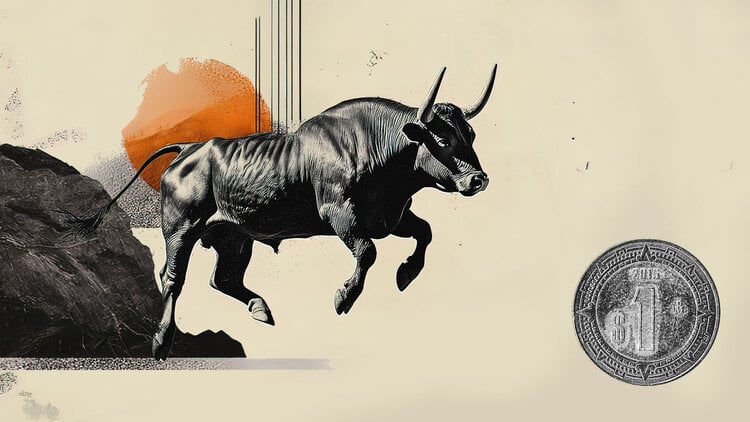A survey by Brazilian experts concluded that a 225-million-year-old fossil, identified in 2010, is of a new species of reptile in Brazil.
Contrary to popular belief, it does not belong to the species Faxinalipterus minimus, from the Perosauria group, which includes the first vertebrates that flew. The study concluded that, in fact, the material found was of an unknown species and now named Maehary bonapartei.
The review research involved researchers from the National Museum of the Federal University of Rio de Janeiro (UFRJ), the Federal University of Santa Maria (UFSM), the Regional University of Cariri, the Federal University of Pampa (Unipampa), the Federal University of Rio Grande do Sul (UFRGS) and the Alberto Luiz Coimbra Institute of Graduate Studies and Research in Engineering (COPPE/UFRJ). The research was featured prominently in the journal PeerJ.
The fossil analyzed, when it was found, was composed of bones from the post-cranial skeleton and a part of the skull (a jaw with teeth). The traces were discovered in the same place, the Linha São Luiz fossiliferous site, located in the municipality of Faxinal do Soturno, in Rio Grande do Sul, but at different times. Part was found in an expedition in 2002 and another in 2005.

At the time, even without being able to say that all the parts belonged to a single species, it was admitted that the fossils found were from Faxinalipterus minimus. However, the confusion was only cleared up because a new cranial fossil was found in the same place, only completely, with parts of the scapula and vertebrae. Soon, the comparison of the materials showed that the jaw found years before was of a species of reptile, until then, unknown.
“In the original work from 2010, we found that the teeth present in the maxilla of Faxinalipterus were very closely spaced, which is a characteristic of early Triassic pterosaurs. However, maxillary tomography showed that the teeth were not separated, as many teeth had been lost in fossilization. As a result, the dentition pattern and the next spacing between the alveoli (cavities where the teeth are inserted) were not consistent with pterosaurs,” highlights Marina Soares, a researcher at UFRGS.
The name of the genus of the new species, Maehary, comes from an expression of the original Guarani-Kaiowa people, which means “who looks at the sky” in allusion to its position in the evolutionary line of reptiles, being the most primitive of the Pterosauromorpha, a group that includes pterosaurs.
The specific name is a tribute to the main researcher of fossil vertebrates in Argentina, José Fernando Bonaparte, who died in 2020, and who worked with Brazilian paleontologists in outcrops of Rio Grande do Sul in the collection and description of many extinct vertebrates that lived during the Triassic period. , including Faxinalipterus.
Source: CNN Brasil







